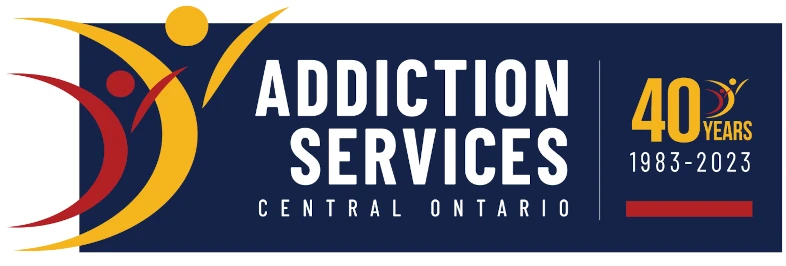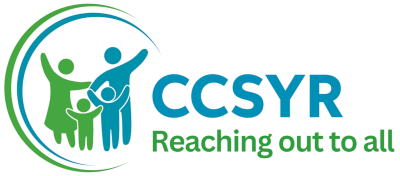Who We Serve

At the York Region Centre for Community Safety, we are committed to supporting adults and seniors who have experienced or have been impacted by intimate partner violence, domestic violence, sexual violence and human trafficking.
We provide person-centred community-based services to victims based on respect for all individuals’ self-determination and dignity regardless of their gender, race, ethnicity, sexuality, socio-economic status, sexual orientation, religion or age.
We Serve Survivors of:
.01
Domestic Violence
Domestic violence refers to the use of violent and abusive behaviours that can include, but is not limited to: physical abuse, sexual abuse, emotional abuse, psychological abuse, economic abuse, spiritual abuse, intimidation, stalking, harassment, isolation, destruction of property, threats and coercion by one or more individuals to establish control and power over another individual that lives in or frequently resides in the same household. This term encompasses intimidate partner violence and family violence. Domestic violence involves an imbalance and/or misuse of power and can impact people of all identifying genders and ages.
.02
Intimate Partner Violence
Intimate partner violence refers to the use of any form of violence or abuse by a current or former romantic partner to establish power and control over the individual. Intimate partner violence does not require the individuals involved to live together but always involves an imbalance and/or misuse of power. Intimate partner violence can include, but is not limited to: physical abuse, emotional abuse, sexual abuse, psychological abuse, economic abuse, spiritual abuse, stalking, harassment, isolation, threats, intimidation, coercion, enforcing static gender roles, using children as pawns, parental alienation and destruction of property.
.03
Sexual Violence
Sexual violence refers to any unwanted or non-consensual sexual act against a person using coercion, force or manipulation. Sexual violence can include but is not limited to: rape or sexual assault, intimate partner sexual violence, sexual abuse against a child, unwanted sexual advances or comments, sexual harassment, denial of the right to use contraception, sexual exploitation, forced abortions, violent acts against the sexual integrity of a woman and human trafficking for the purpose of commercial sexual exploitation. Sexual abusers can be: family members, romantic partners, acquaintances and other trusted individuals as well as strangers. Sexual violence can affect anyone including children, teenagers, adults and seniors as well as women, men and gender non-binary individuals. Sexual violence can occur in intimate partner relationships including common-law and marriage, as relationship status does not provide consent. Consent should always be explicit and is reversible at any point of a sexual encounter. Additionally, consent cannot be given while under the influence of substances that impair judgement such as alcohol.
.04
Human Trafficking
Human trafficking always involves a violation of individuals’ human rights and includes but is not limited to coercive acts of: recruiting, transporting, transferring, harbouring or receiving a person without their consent. This includes the use of control, force and threats for the purposes of exploitation to gain a form of free labour or service. Human trafficking can be international, referring to the movement of an individual(s) across or between countries, or domestic, referring to the movement of an individual(s) within Canada unwillingly or through the use of deception and coercion. The four most common forms of human trafficking in Canada include:
1. commercial sexual exploitation which refers to the forced performance of sexual activities
2. forced labour which includes any type of work, employment or service that is non-consensual
3. domestic servitude, a form of forced labour specifically experienced by nannies, caregivers and other domestic workers
4. forced illegal activities which refers to forcing an individual(s) to commit or engage in illegal activities. Often this involves a process of surveillance and control in which the victim is being monitored and due to risks involved faces many barriers to leave or escape.


























